Home>Garden Essentials>How Much Does Landscape Design Cost
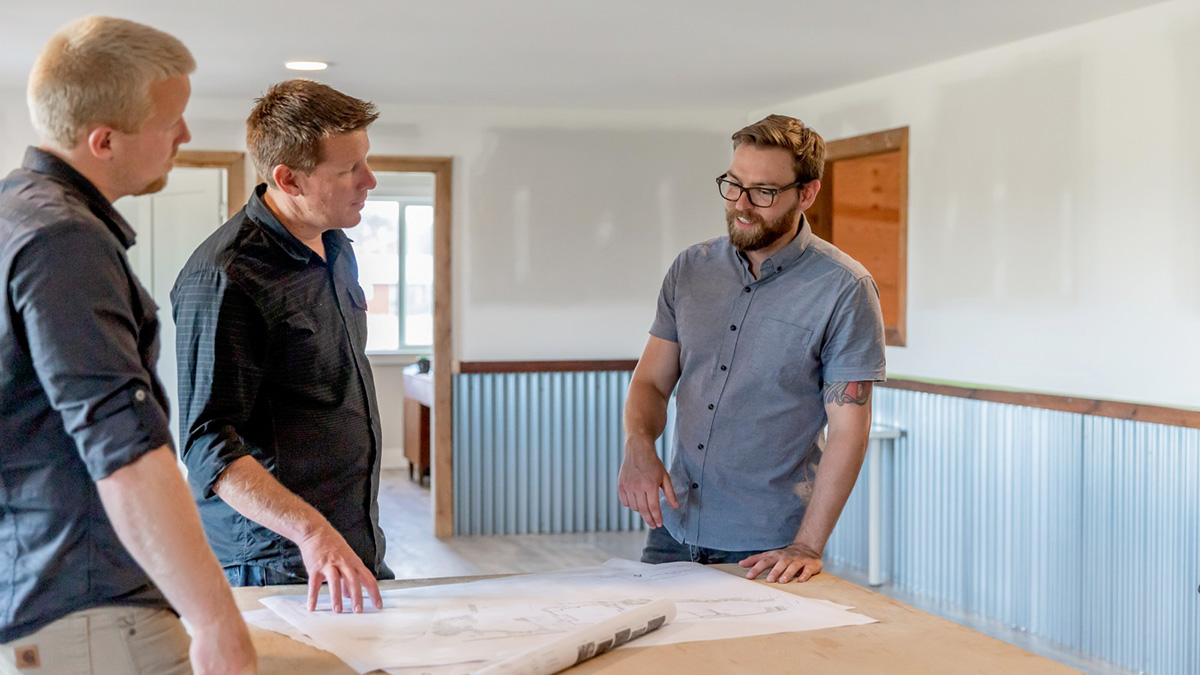

Garden Essentials
How Much Does Landscape Design Cost
Modified: March 7, 2024
Looking to transform your garden? Find out the cost of landscape design and create the perfect outdoor space with our expert advice and tips.
(Many of the links in this article redirect to a specific reviewed product. Your purchase of these products through affiliate links helps to generate commission for Storables.com, at no extra cost. Learn more)
Introduction
Welcome to the world of landscape design! Creating a beautiful and functional outdoor space can significantly enhance the aesthetic appeal and value of your property. However, embarking on a landscape design project can sometimes be overwhelming, especially when it comes to understanding the associated costs.
In this article, we will delve into the factors that affect landscape design costs and provide you with valuable tips to manage your budget effectively. Whether you’re revamping your existing garden or starting from scratch, understanding the financial aspects of landscape design will help you make informed decisions and achieve the outdoor haven of your dreams.
Before we dive into the specifics, it’s important to note that landscape design costs can vary widely depending on factors such as the size of the project, the complexity of the design, the choice of materials, and the location. It’s always a good idea to consult with professionals and get multiple quotes to ensure you have a realistic understanding of the potential costs involved.
Key Takeaways:
- Landscape design costs are influenced by factors like project size, design complexity, choice of materials, and labor. Planning, research, and open communication can help manage costs effectively.
- Prioritizing essential design elements, considering long-term costs, and being open to alternatives can create a stunning outdoor space within budget constraints. Regular budget reviews and adjustments are crucial for cost control.
Read more: How Much Does It Cost For Landscaping
Factors Affecting Landscape Design Cost
Several key factors influence the cost of landscape design projects. Understanding these factors will help you assess your budget and prioritize your design choices. Here are the primary factors that can affect landscape design costs:
- Project Size: The size of your outdoor space plays a significant role in determining the overall cost. Larger projects require more labor, materials, and time to complete, resulting in higher costs.
- Design Complexity: The complexity of your desired design also impacts the cost. Intricate features, unique structures, or specialized elements may require additional expertise and resources, which can increase the overall price.
- Choice of Materials: The materials you choose for your landscape design can greatly alter the cost. For example, high-end materials, such as natural stone or exotic hardwood, tend to be more expensive than alternatives like concrete or composite decking. Additionally, the quality and durability of materials can impact long-term maintenance costs.
- Site Conditions: The existing conditions of your site can influence the cost of landscape design. Factors such as the terrain, soil quality, and drainage can impact the amount of preparation work required, which affects the overall cost.
- Accessibility: The accessibility of your outdoor space plays a role in determining the cost. If there are obstacles or limited access points, it may require additional effort and resources to transport materials and complete the project.
- Permits and Regulations: Depending on your location and the scope of your project, you may need to obtain permits and adhere to specific regulations. These requirements can add to the overall cost, as fees and compliance measures may be necessary.
It’s important to consider these factors when planning your landscape design project. Understanding how each element impacts the cost will help you make informed decisions and prioritize your design choices within your budget constraints. By carefully evaluating these factors, you can create a beautiful outdoor space that meets your needs and aligns with your financial goals.
Cost of Design Consultation
When embarking on a landscape design project, consulting with a professional designer is a wise investment. Design consultations are an opportunity for you to discuss your vision, goals, and preferences with an expert who can provide valuable insights and guidance. The cost of design consultations can vary depending on the designer’s experience, qualifications, and location.
Typically, designers charge an hourly rate for consultations, which can range from $75 to $200 per hour. Some designers may also offer package deals or flat fees for comprehensive design consultations. The duration of the consultation can vary, depending on the complexity of the project and the level of detail you require. A simple consultation may take a couple of hours, while more in-depth discussions and site visits may require multiple sessions.
During the design consultation, the designer will assess your outdoor space, discuss your preferences, and provide recommendations based on your budget and design goals. They may offer ideas for layout, plant selection, hardscapes, and other design features. Additionally, they will provide you with a rough estimate of the overall cost of your landscape design project.
It’s important to note that the cost of the design consultation may or may not include a detailed design plan. Some designers charge an additional fee for creating a comprehensive design plan that incorporates all the elements discussed during the consultation. The design plan may include visual representations, drawings, plant lists, and specifications for materials.
Investing in a professional design consultation can save you time, money, and the frustration of making costly mistakes. Designers have the expertise to create designs that maximize your outdoor space’s potential, while considering key factors such as functionality, sustainability, and aesthetics. By collaborating with a designer during the initial stages, you can lay a solid foundation for your landscape design project and ensure its success.
Cost of Landscape Planning and Layout
Once you’ve had a design consultation and settled on a design plan, the next step in your landscape design project is the planning and layout phase. This involves creating a detailed blueprint for your outdoor space, determining the placement of various elements, and finalizing the design specifications. The cost of landscape planning and layout can vary depending on the complexity and size of your project.
If you have already hired a professional landscape designer, they may include the planning and layout as part of their overall fee. However, if you’re working on your own or collaborating with a designer who charges separately for these services, you can expect additional costs for this phase.
The cost of landscape planning and layout can range from $500 to $2,000 or more, depending on various factors such as the size of your project, the level of detail required, and the expertise of the professional involved. Some professionals may charge a flat fee, while others may charge by the hour.
During the planning and layout phase, the professional landscape designer will take the design plan created during the consultation and translate it into a detailed blueprint. This blueprint will outline the exact placement of hardscapes, plantings, pathways, and other elements. It will also include specifications for materials, measurements, and any necessary construction details.
Creating a well-thought-out landscape plan is crucial for a successful project. It ensures that the design is implemented accurately and helps streamline the installation process. Additionally, a detailed plan allows you to obtain accurate quotes from contractors and suppliers, reducing the chances of unexpected costs during construction.
For smaller projects or for those with a limited budget, you may choose to do the planning and layout yourself. There are several user-friendly landscape design software programs available that can help you create a visual representation of your design and determine the placement of elements in your outdoor space.
Overall, investing in landscape planning and layout is a worthwhile expense. It provides you with a roadmap for your project, ensuring that the final result aligns with your vision and meets your functional needs.
Cost of Materials
The materials you choose for your landscape design play a significant role in determining the overall cost of your project. The cost of materials can vary depending on factors such as the type, quality, quantity, and availability. Here are some common materials used in landscape design and their associated costs:
- Plants and Trees: The cost of plants and trees can vary drastically depending on the species, size, and rarity. Common plants and shrubs are generally more affordable, while exotic or large specimens can be more expensive. On average, expect to budget anywhere from $20 to $100 or more per plant.
- Hardscape Materials: Hardscape materials include items such as pavers, bricks, stones, and concrete. The cost of hardscape materials depends on the quality and type chosen. For example, natural stone tends to be more expensive than concrete pavers. The average cost for hardscape materials can range from $5 to $30 per square foot.
- Decking and Fencing: If you’re planning to incorporate decking or fencing into your landscape design, the costs will vary based on the material. Options include wood, composite, vinyl, and metal. Wood is generally the most affordable option, while composite and metal tend to be more expensive. The cost for decking and fencing materials can range from $5 to $60 per square foot.
- Irrigation Systems: Installing an irrigation system is a crucial aspect of landscape design, ensuring that your plants and lawn receive adequate water. The cost of an irrigation system can vary based on the size of your outdoor space, the number of zones required, and the complexity of the system. On average, expect to spend between $2,500 to $5,000 or more for a professionally installed irrigation system.
- Lighting: Landscape lighting can add ambiance and functionality to your outdoor space. The cost of lighting fixtures will depend on the type and quality chosen. Basic fixtures start around $20, while more advanced and decorative options can range from $50 to $200 or more per piece.
- Mulch and Soil: Mulch and soil are essential for maintaining healthy plants and promoting proper drainage. The cost of mulch and soil varies depending on the quantity and quality. Generally, expect to spend around $2 to $5 per cubic foot of mulch or soil.
It’s important to factor in the cost of materials when budgeting for your landscape design project. Consider your design goals, desired aesthetics, and durability when making material choices. Comparing prices from multiple suppliers and considering different options can help you find the best value for your budget.
Keep in mind that purchasing materials in bulk or taking advantage of seasonal sales can potentially reduce costs. Additionally, if you have the time and skills, DIY installation of certain materials can help you save money.
By carefully considering the cost of materials, you can make informed decisions and create a beautiful and functional landscape design that suits your budget.
When budgeting for landscape design, consider factors such as the size of the project, the complexity of the design, materials, and labor costs. Get quotes from multiple professionals to compare prices and services.
Read more: How Much Does Landscaping Rock Cost
Cost of Labor
The cost of labor is a significant component of the overall expense of a landscape design project. The labor cost can vary depending on factors such as the complexity of the design, the availability of skilled labor in your area, and the duration of the project. Here are some factors to consider when estimating the cost of labor:
- Design and Planning: If you’re working with a professional landscape designer, their fees for design consultations and planning will include the labor cost for their expertise. However, for larger projects that require a separate team of designers or architects, you may need to factor in their labor fees as well.
- Site Preparation: Before any construction or installation can begin, the outdoor space needs to be prepared. This can involve clearing existing vegetation, leveling the ground, and addressing any drainage issues. The labor cost for site preparation can depend on the size and condition of the site, but on average, it can range from $1,000 to $5,000 or more.
- Installation of Hardscapes: Constructing hardscape elements such as patios, pathways, retaining walls, and outdoor structures requires skilled labor. The cost will depend on the complexity of the design, the type of materials used, and the time required for installation. On average, expect to spend between $10 to $30 per square foot for hardscape installation.
- Plantings: Installing plants and trees requires labor for digging holes, planting, and proper placement. The labor cost for plant installation can vary depending on the size and quantity of plants. Some landscapers charge a per-plant installation fee, while others charge an hourly rate. Expect to budget around $50 to $100 per hour for labor associated with plantings.
- Irrigation and Lighting Installation: If you’re including irrigation systems or landscape lighting in your design, labor costs will be involved in their installation. This can include running underground pipes or wires, setting up the necessary controls, and connecting fixtures. The labor cost for irrigation and lighting installation can range from $500 to $3,000 or more, depending on the complexity of the system.
- Maintenance and Clean-Up: After the initial installation, you may require ongoing maintenance and periodic clean-up services. The labor cost for maintenance can vary depending on the size of your outdoor space and the specific tasks involved. Some landscapers charge an hourly rate for maintenance work, while others offer package deals or monthly contracts.
It’s essential to obtain multiple quotes from reputable landscapers or contractors to get a better understanding of labor costs for your specific project. Be sure to consider factors such as the team’s experience, reputation, and the scope of services included in their quotes.
Keep in mind that while labor costs can make up a significant portion of your landscape design budget, investing in skilled professionals ensures a well-executed and long-lasting final result. Hiring experienced labor can save you time, prevent costly mistakes, and ensure that your design vision is fully realized.
Additional Costs
When budgeting for a landscape design project, it’s important to consider additional costs that may arise throughout the process. While these costs can vary depending on the specifics of your project, here are some common additional costs to keep in mind:
- Permits and Fees: Depending on your location and the scope of your project, you may need to obtain permits for certain aspects of your landscape design. This can include permits for structural elements, hardscape construction, or drainage systems. Permit fees can range from a few hundred dollars to several thousand, depending on the size and complexity of the project.
- Delivery and Transportation: The delivery of materials, such as plants, rocks, or hardscape supplies, may incur additional costs. If you’re purchasing materials from multiple suppliers or need to transport materials over long distances, it’s important to factor in delivery fees or arrange for transportation services. These costs can vary depending on the distance and quantity of materials being transported.
- Maintenance and Upkeep: After the completion of your landscape design project, ongoing maintenance and upkeep are necessary to keep your outdoor space looking its best. This can involve regular tasks such as mowing, weeding, pruning, and fertilizing. If you don’t have the time or expertise to handle maintenance yourself, you may consider hiring a professional landscaping company to handle these tasks. The cost of ongoing maintenance can vary depending on the size of your yard and the specific services required.
- Warranties and Insurance: Some contractors or suppliers may offer warranties on their work or materials. It’s important to understand the terms and conditions of these warranties and factor in any associated costs. Additionally, it’s always a good idea to ensure that the contractors you hire have proper insurance coverage to protect against any unforeseen damages or accidents during the construction process.
- Changes or Modifications: It’s not uncommon for changes or modifications to be requested during the course of a landscape design project. These changes may arise due to personal preference, design adjustments, or unforeseen challenges. Keep in mind that any changes or modifications may incur additional costs, depending on the extent of the adjustments and the labor required to implement them.
- Professional Consultations: While we discussed the cost of design consultations and planning earlier, you may also require additional consultations throughout the project. This can include consulting with specialists such as arborists, soil experts, or outdoor lighting designers. The fees associated with these consultations will depend on the specific expertise required and the duration of the consultation.
It’s essential to set aside a contingency fund when budgeting for your landscape design project. This fund can account for any unexpected additional costs that may arise. It’s always better to be prepared than to be caught off guard by unexpected expenses.
By considering these potential additional costs and budgeting accordingly, you can manage your landscape design project more effectively and ensure that you have the financial resources to tackle any unexpected expenses that may arise.
Tips for Managing Landscape Design Costs
Managing the costs of a landscape design project is essential to ensure that you stay within your desired budget. Here are some helpful tips to help you effectively manage your landscape design costs:
- Set a Realistic Budget: Before diving into your project, determine how much you’re willing to spend. Be realistic about your budget and consider all the factors that will contribute to the overall cost, including materials, labor, and additional expenses. Setting a budget will help guide your decision-making process and keep you focused on what is financially feasible.
- Plan and Research: Planning and research are crucial when it comes to managing costs. Spend time exploring different design options, material choices, and labor rates. Get multiple quotes from reliable contractors and suppliers to compare prices and find the best value for your money. Proper planning and research can save you from making costly mistakes and help you make informed decisions.
- Focus on Priority Areas: If you’re working with a limited budget, prioritize the areas of your outdoor space that are most important to you. Determine which elements are essential and which ones can be postponed or scaled back. This way, you can allocate your budget towards the aspects that will have the biggest impact on your overall design goals.
- Consider Long-Term Costs: While it may be tempting to opt for cheaper materials or labor, consider the long-term costs associated with your choices. Investing in high-quality materials and skilled labor may be more expensive initially but can save you money in the long run by reducing the need for repairs or replacements down the line. Think about the durability, maintenance requirements, and lifespan of the materials and make choices that align with your long-term goals.
- Explore DIY Options: If you have the time, skills, and willingness to learn, consider taking on certain aspects of the project yourself. DIY tasks like planting, mulching, or basic hardscape installations can help you save money on labor costs. However, be honest with yourself about your abilities and only tackle projects that you’re confident you can successfully complete without compromising quality.
- Be Open to Alternatives: Sometimes, you can achieve your desired design aesthetic by considering alternative materials or design approaches. For example, instead of using expensive natural stone for a pathway, you could opt for concrete pavers that mimic the look at a lower cost. Be open to creative solutions and explore different options that can help you achieve your vision while staying within your budget.
- Maintain Proper Communication: Clear and open communication with your designer, contractors, and suppliers is crucial. Clearly express your budget constraints from the start and have regular discussions about potential cost implications for any design changes or modifications. This will help ensure that everyone involved is on the same page and can make informed decisions to manage costs effectively.
- Regularly Review and Adjust: As the project progresses, keep a close eye on the costs and regularly review your budget. Be prepared to make adjustments if necessary, based on unforeseen expenses or changes in design plans. Regularly reviewing and adjusting your budget will help you stay in control of your finances and prevent any surprises as the project unfolds.
By implementing these tips, you can effectively manage your landscape design costs and create a beautiful outdoor space that not only enhances your property but also fits within your desired budget.
Conclusion
Embarking on a landscape design project can be an exciting and rewarding endeavor, but it’s important to have a clear understanding of the costs involved. By considering factors such as the size of the project, design complexity, choice of materials, labor, and additional expenses, you can better manage your landscape design costs.
Throughout the process, it’s crucial to set a realistic budget and do thorough research to ensure you’re getting the best value for your money. Prioritizing your design elements and being open to alternative materials or approaches can help you create a stunning outdoor space within your budget constraints. Regularly reviewing and adjusting your budget, as well as maintaining open communication with your designer and contractors, will help you stay in control of your finances and avoid any surprises.
Remember, investing in a professional design consultation and proper planning can save you time, money, and frustration in the long run. Skilled labor and high-quality materials may come with a higher price tag initially, but they can prevent costly repairs or replacements down the line. Additionally, considering long-term costs and being mindful of ongoing maintenance can contribute to the longevity and sustainability of your landscape design.
Overall, careful planning, research, and budget management are key to successfully managing landscape design costs. By following the tips provided in this article, you can create a beautiful, functional, and cost-effective outdoor space that brings joy and value to your property for years to come.
Frequently Asked Questions about How Much Does Landscape Design Cost
Was this page helpful?
At Storables.com, we guarantee accurate and reliable information. Our content, validated by Expert Board Contributors, is crafted following stringent Editorial Policies. We're committed to providing you with well-researched, expert-backed insights for all your informational needs.
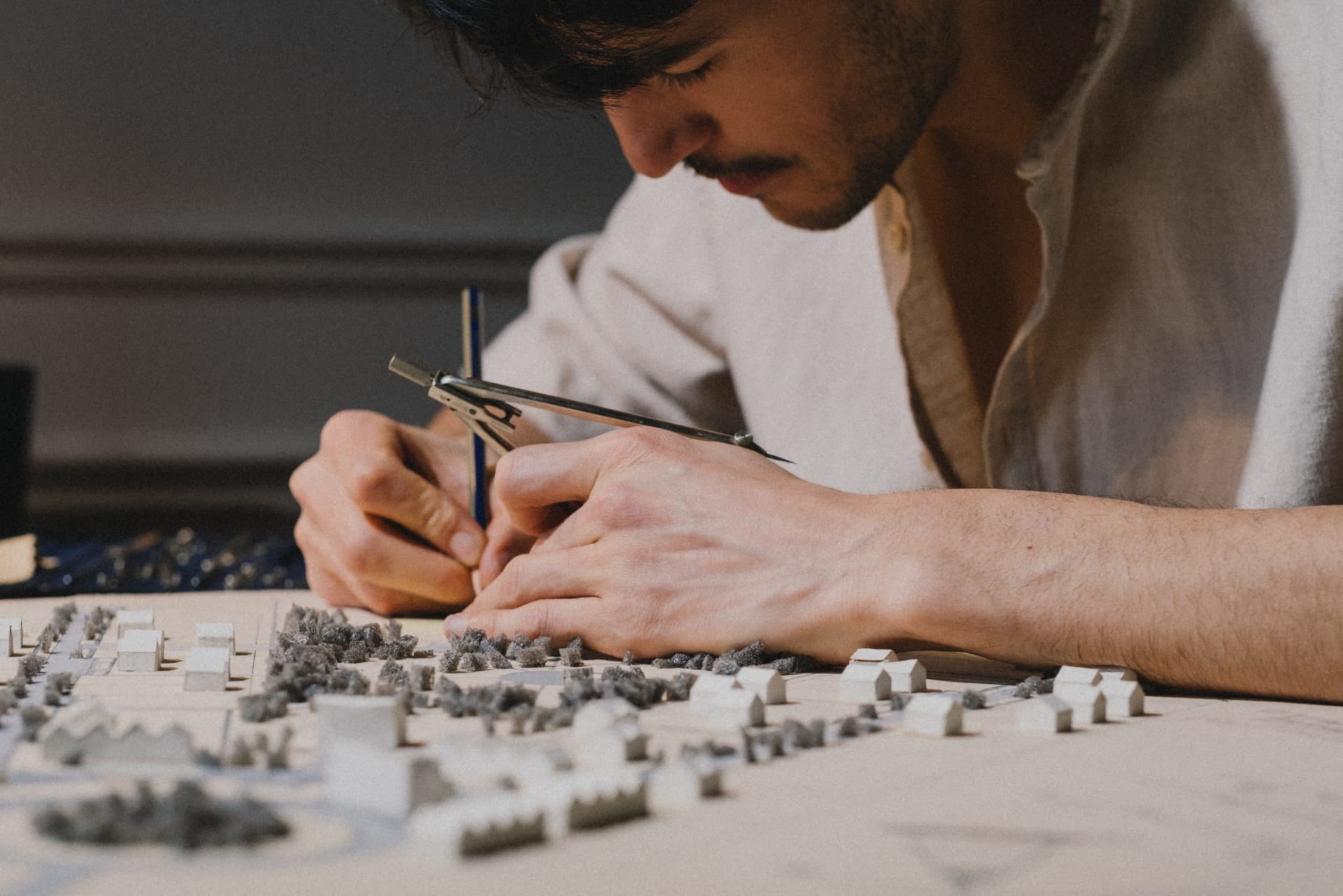
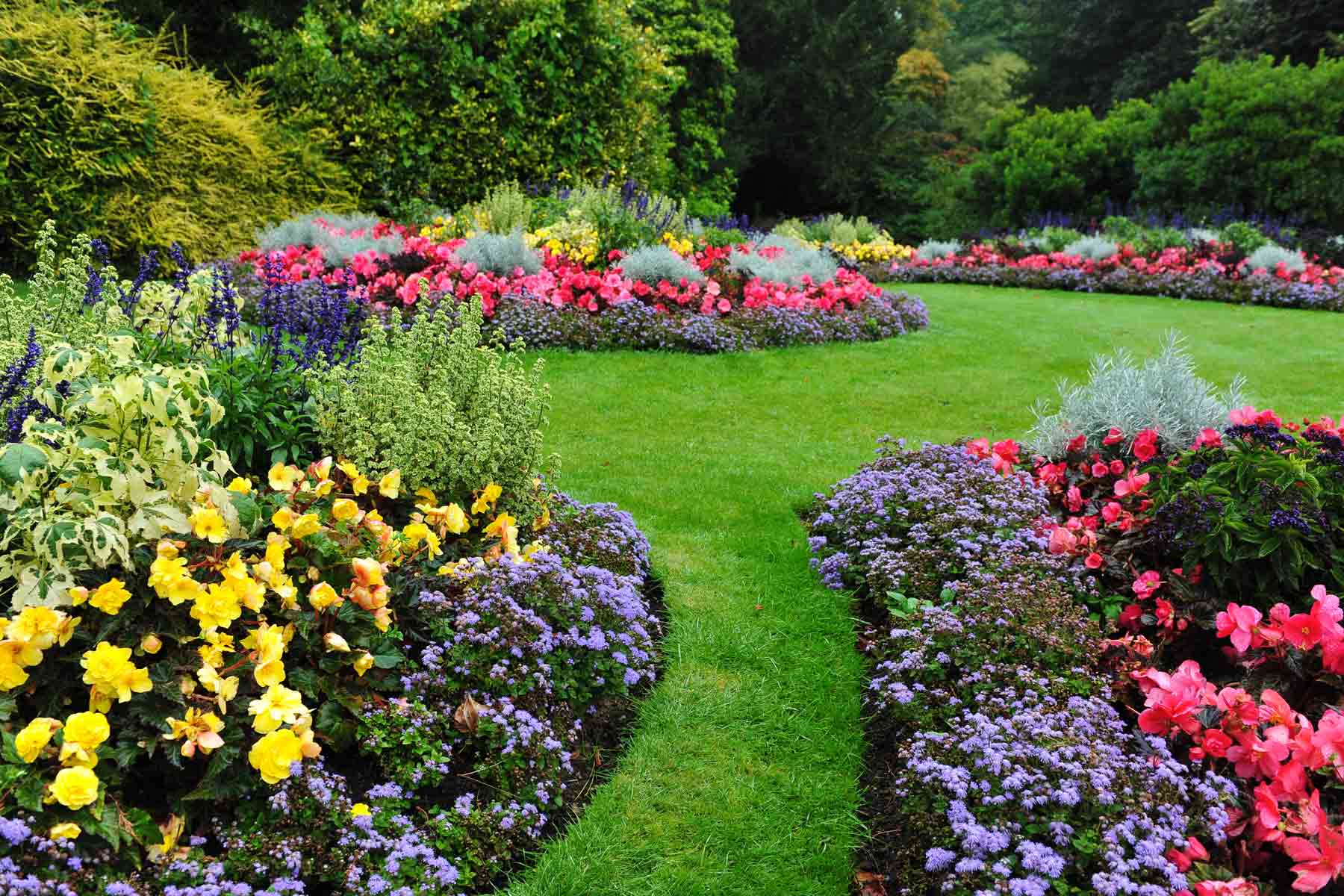
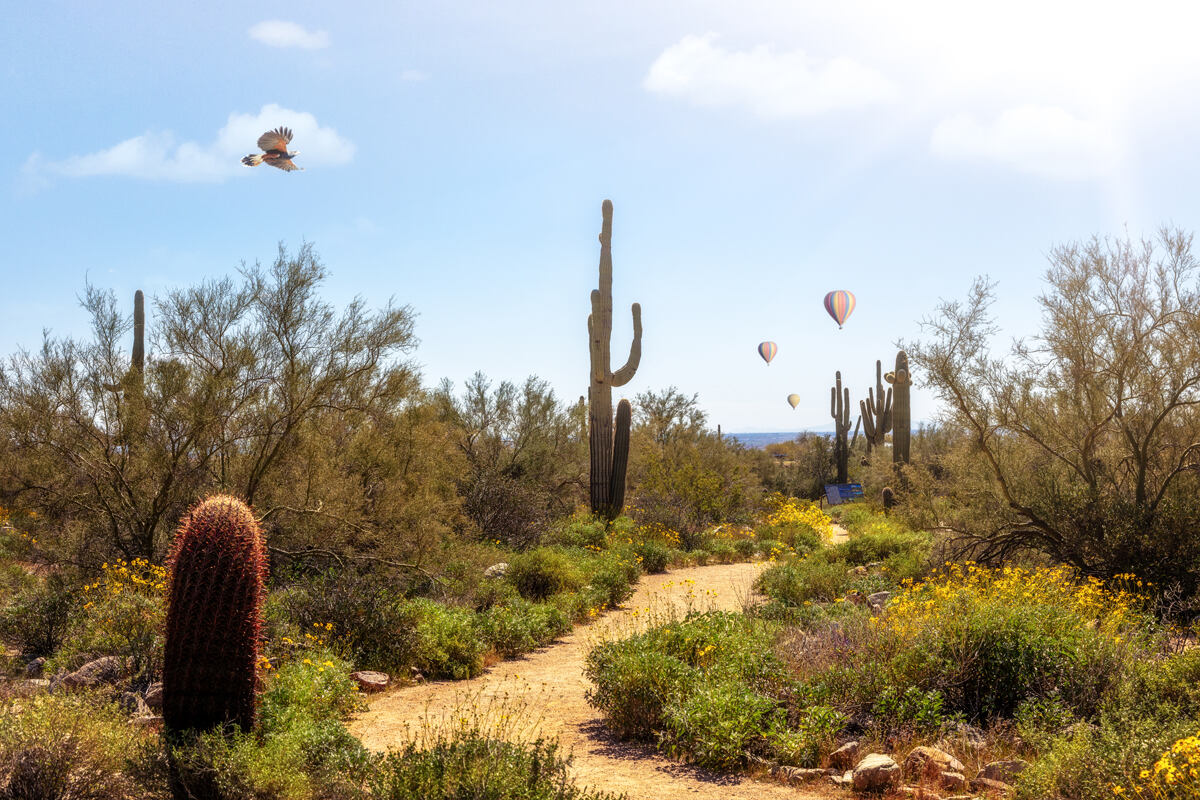
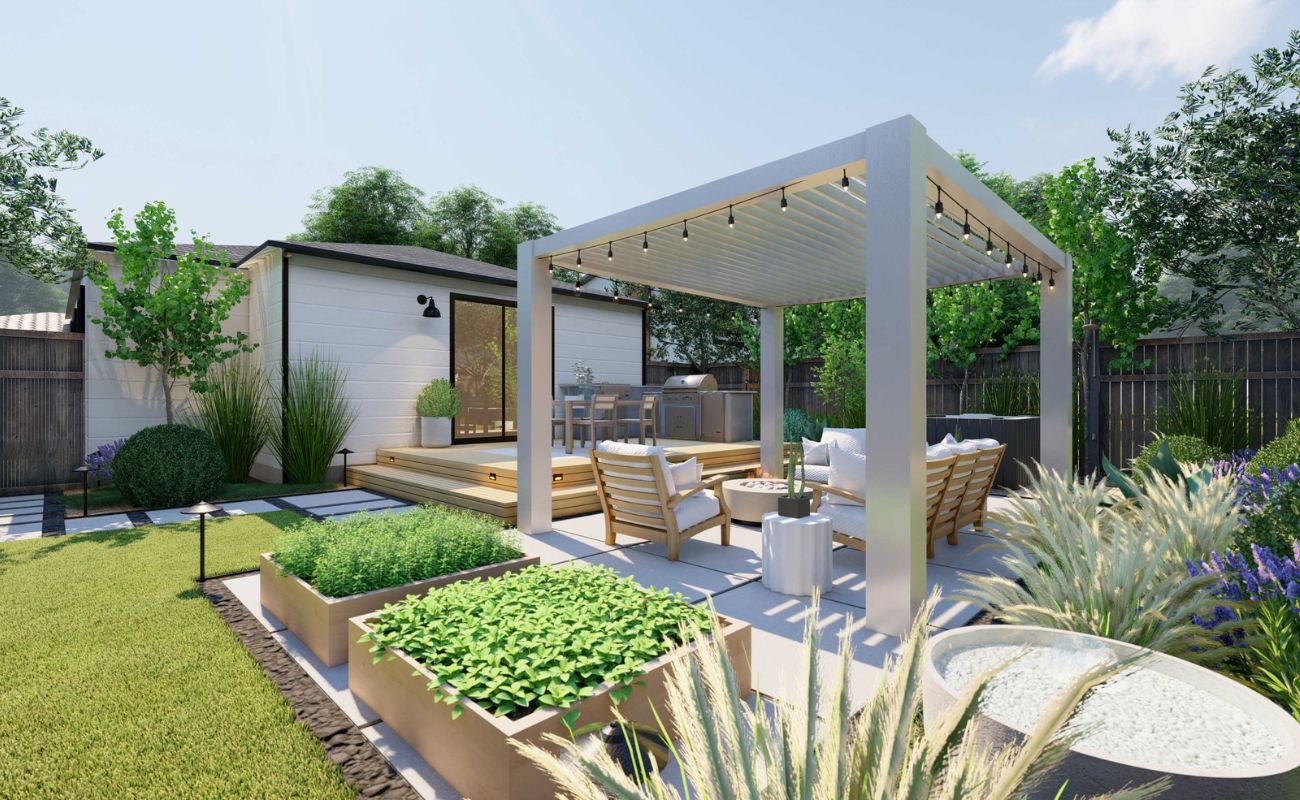
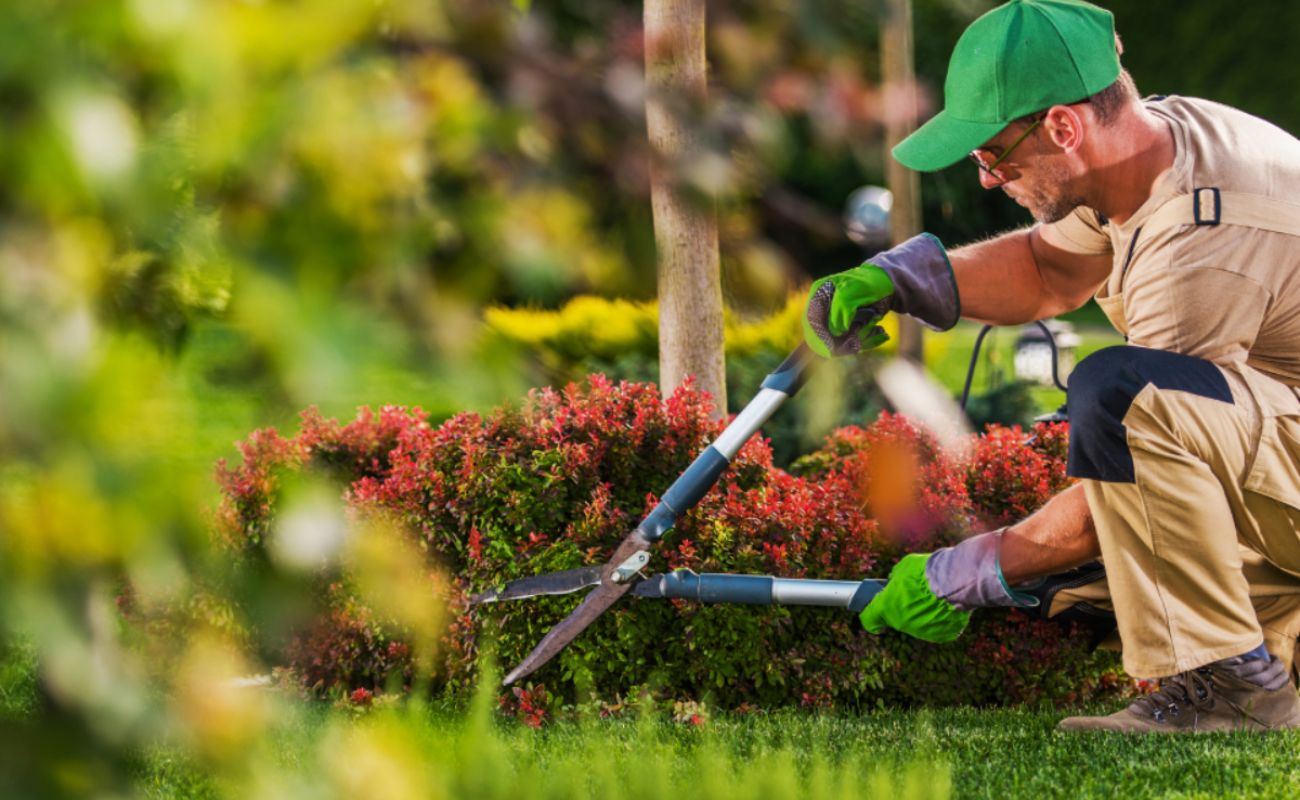
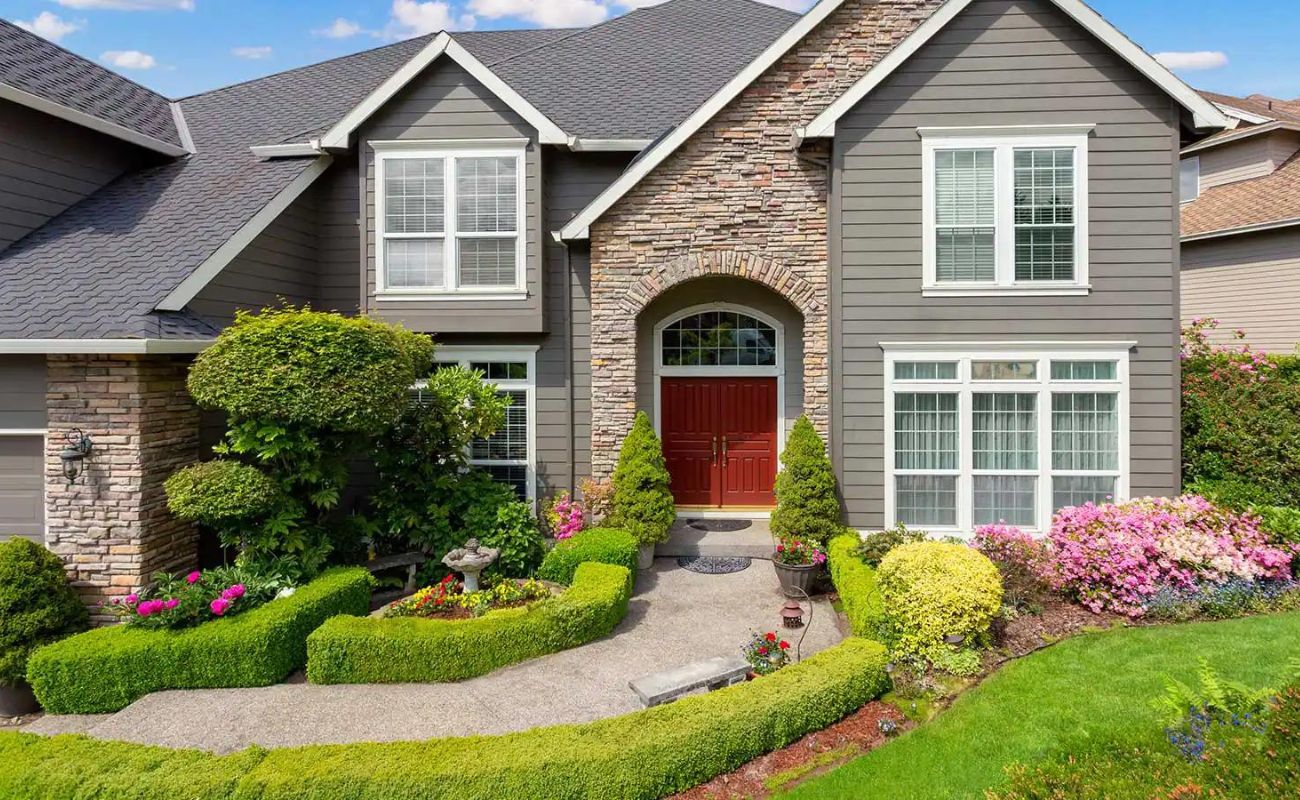
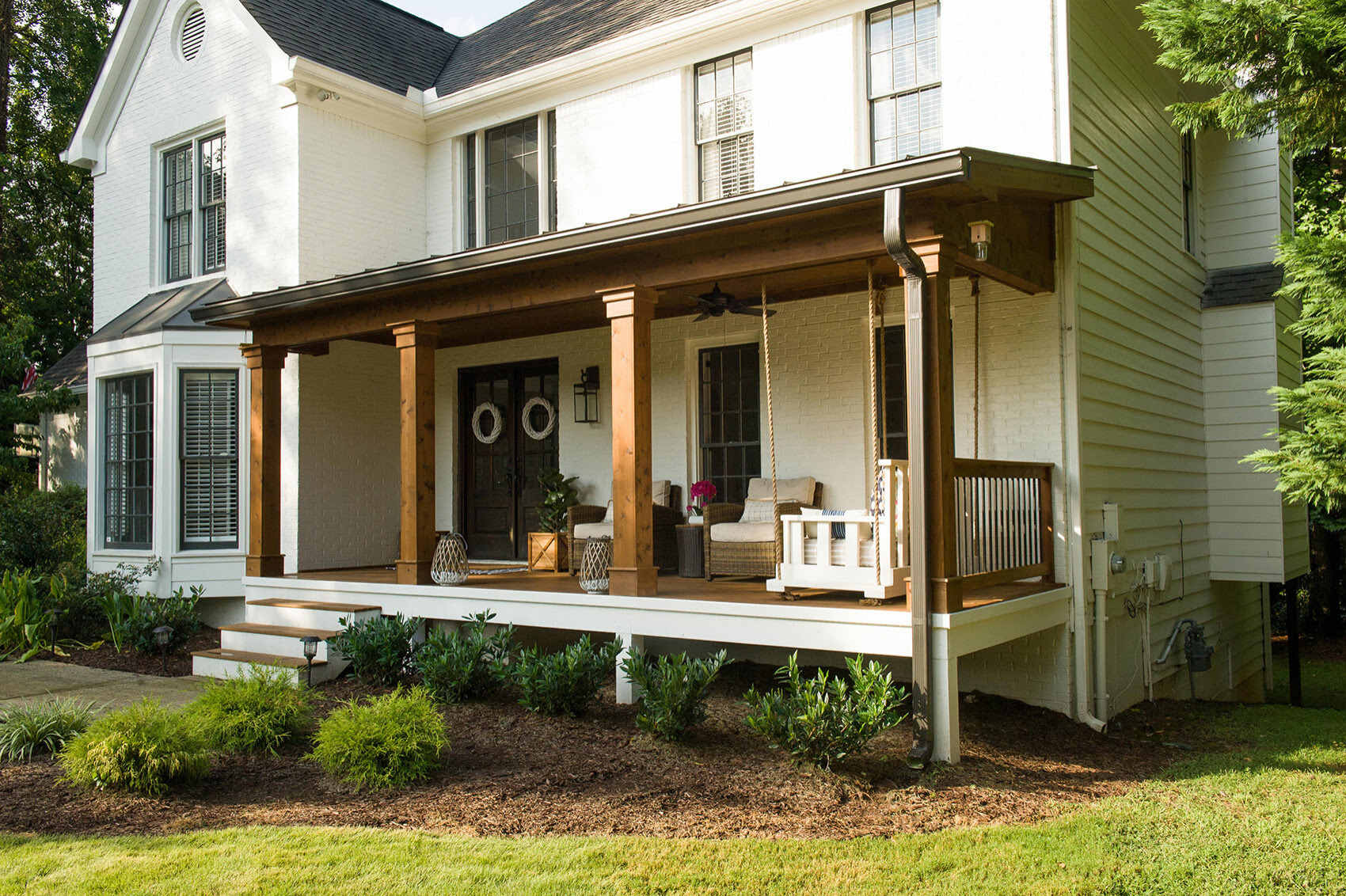
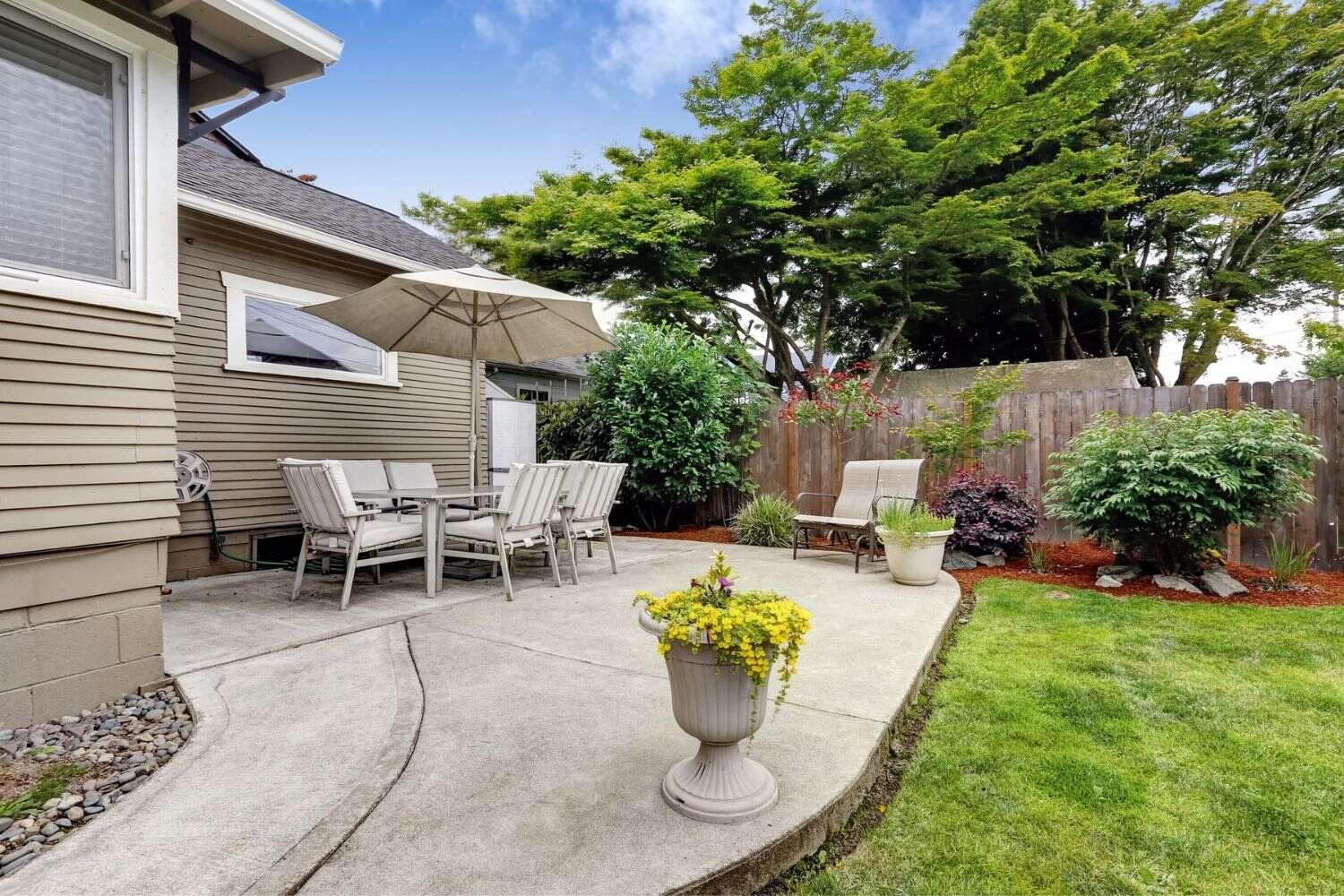
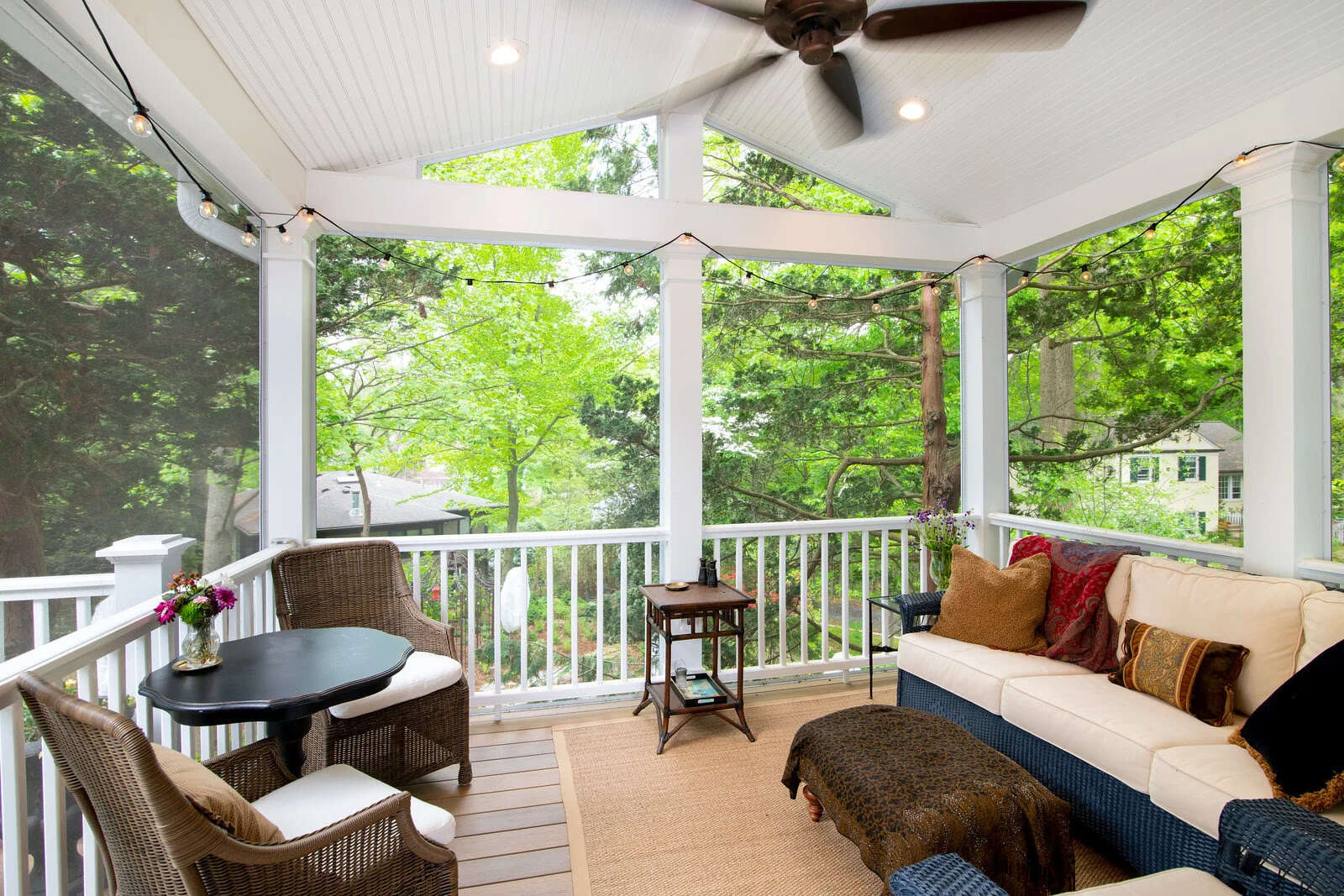
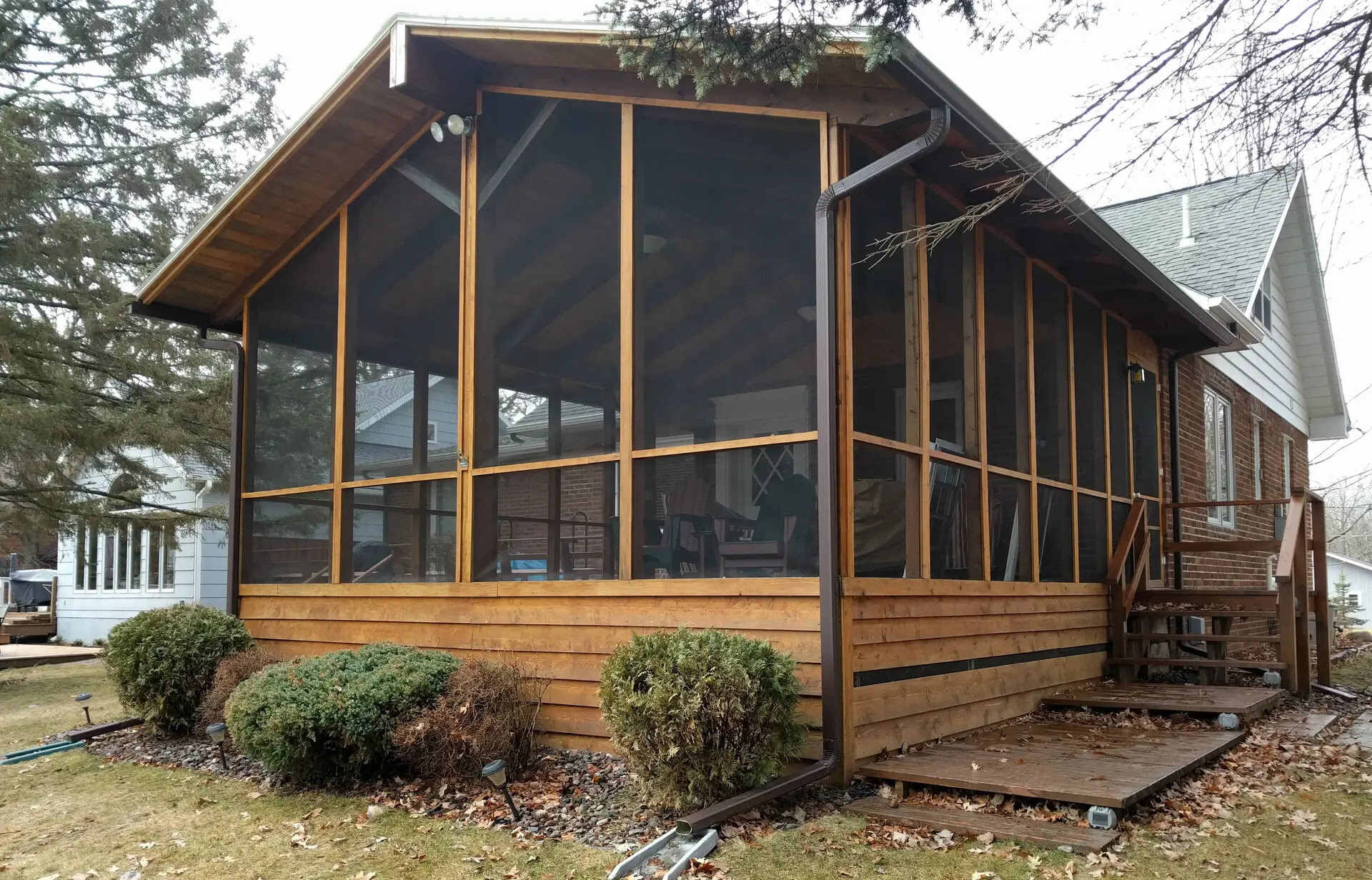
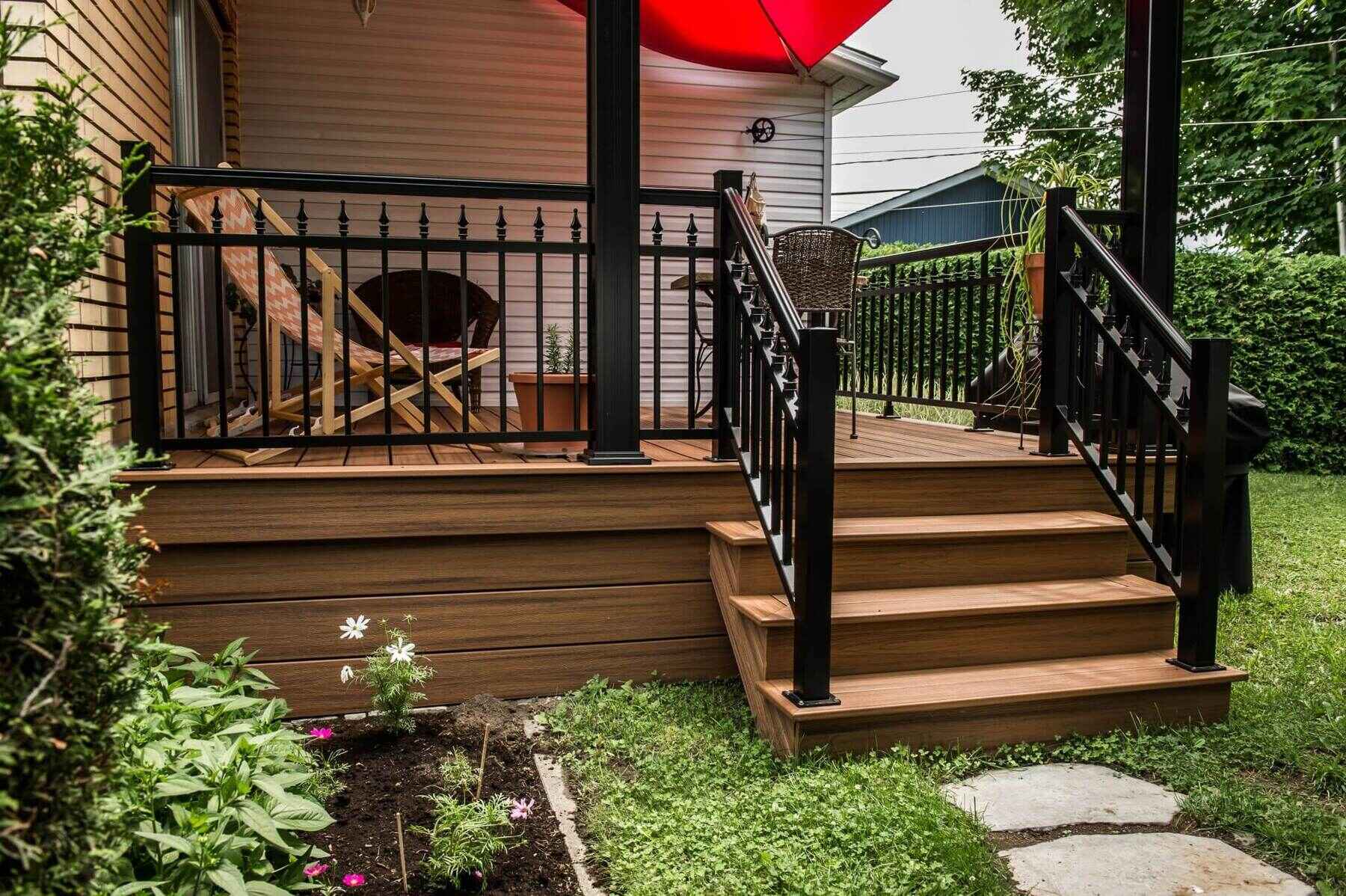
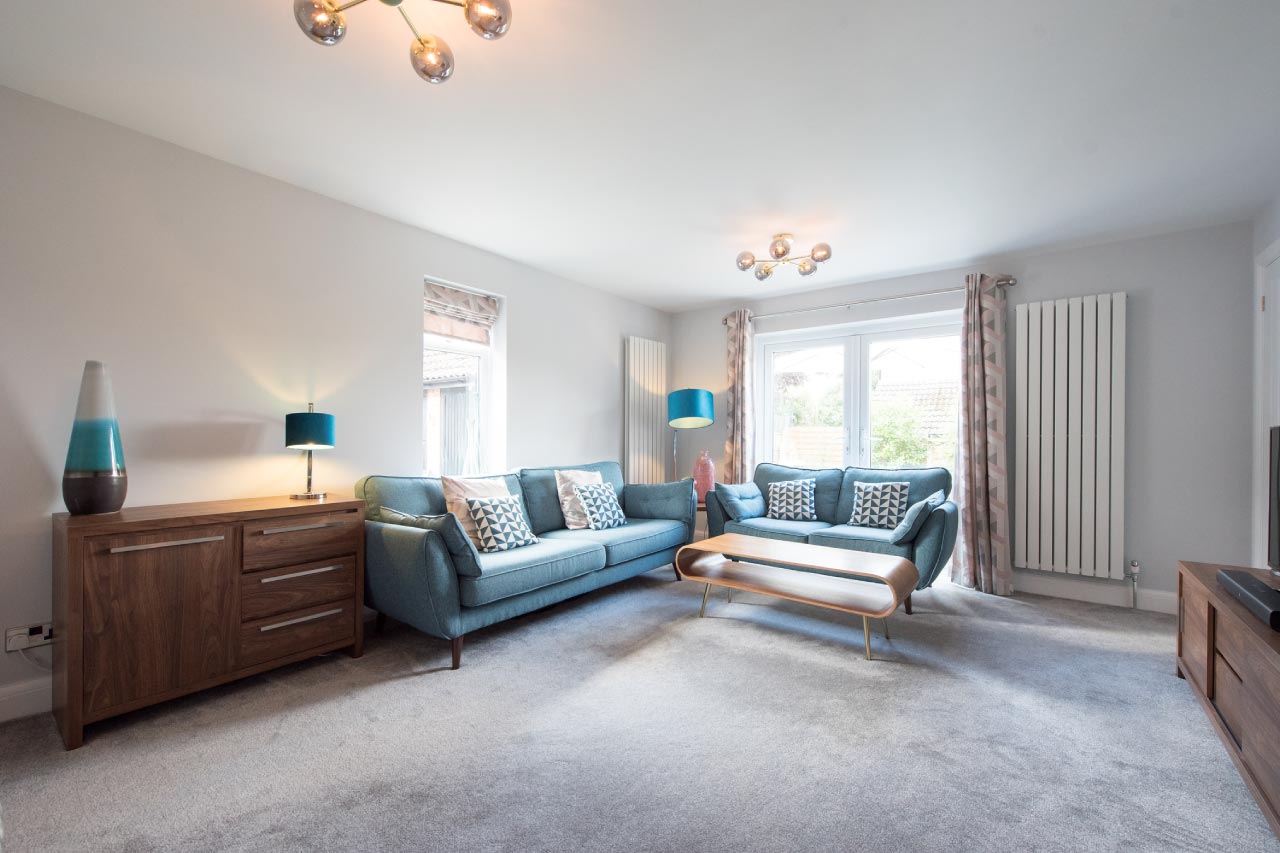
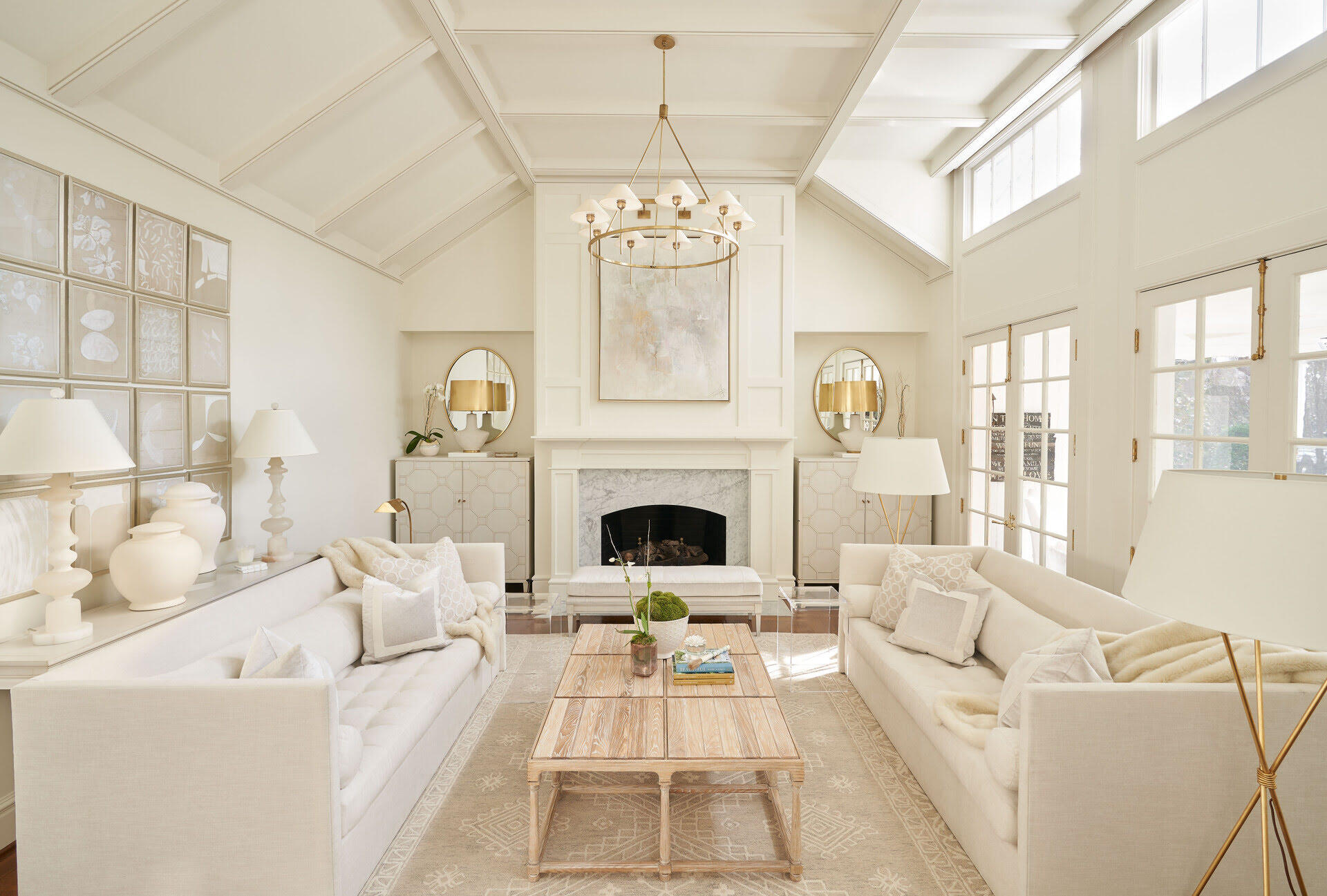
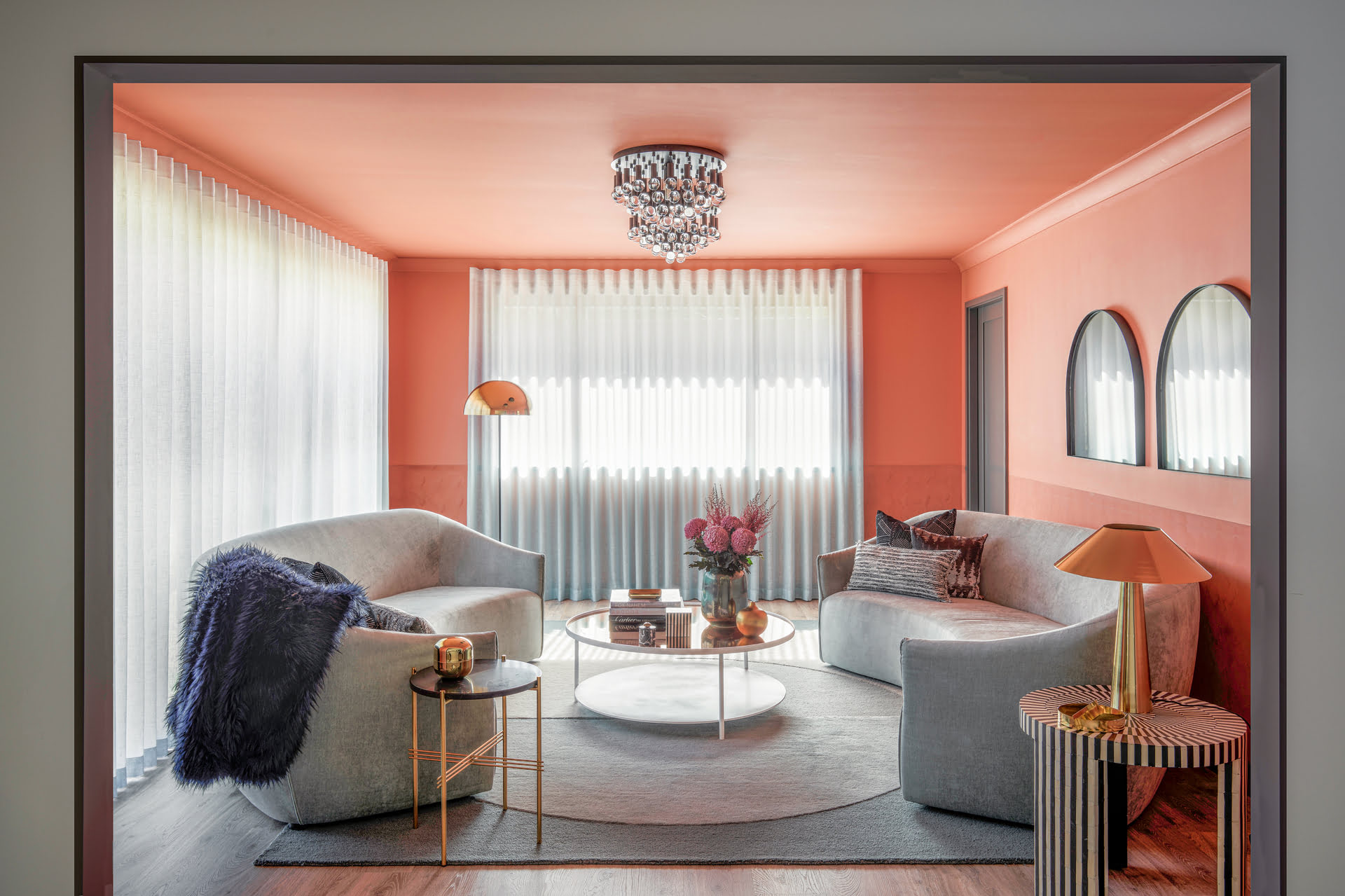

0 thoughts on “How Much Does Landscape Design Cost”